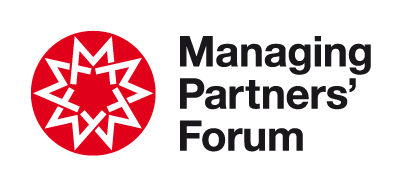Governance defines how an initiative is set up, managed and controlled. To many, it stands for bureaucracy, documentation, heavyweight process and wasted effort. And in a lot of cases, that’s how it is. Equally, many organisations operate in a complex and highly regulated environment with projects requiring some form of control to ensure success.
In essence, governance is the alignment of an initiative with organisational goals to create value. The challenge to traditional institutions and mechanisms for governance is the rapid speed of technological change. Blaming all IT failures on project managers is naïve. They are seldom responsible for the context in which they work.
One way forward involves the application of lean-agile values, principles and practices to the task of governance. This is known as agile governance, and is seen as an effective way to harness the opportunities and tackle the challenges resulting from those technologies. The World Economic Forum is a strong supporter of agile governance.
Leaders face a tricky balance: on the one hand, you have to ensure that underlying processes remain inclusive and trustworthy; on the other, you need to find ways to accelerate the timing of your responses; become ‘have-more’ organisations; and remain aware of potential bias and feedback loops in your AI systems and algorithms.

